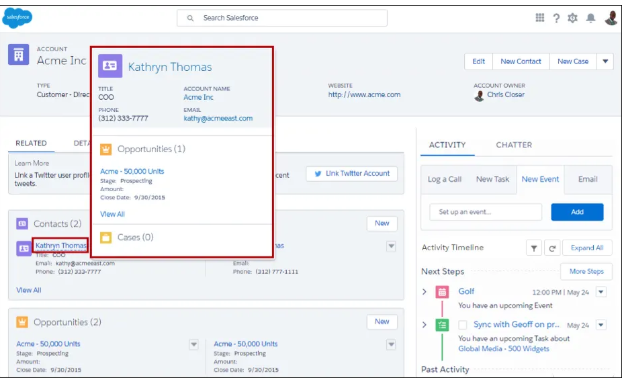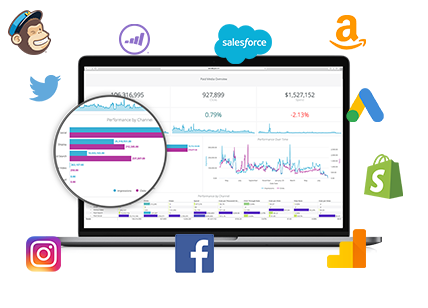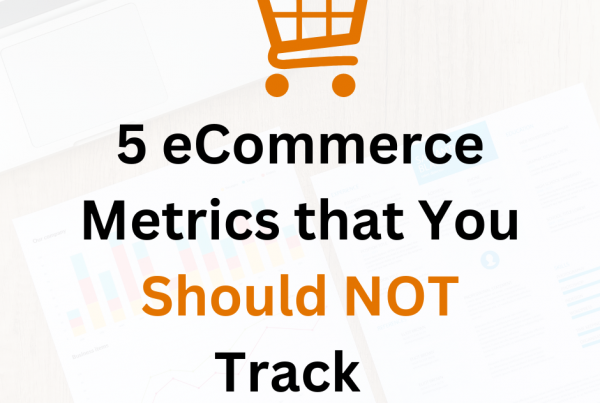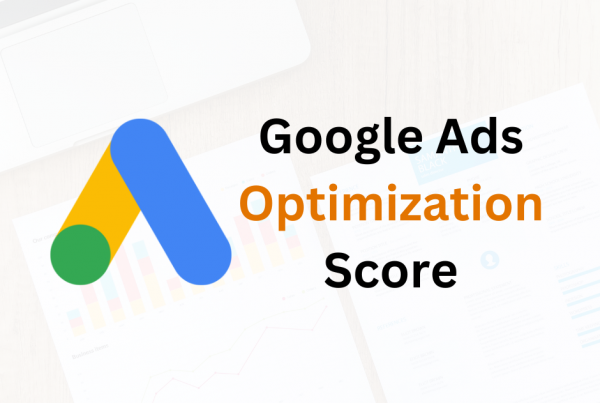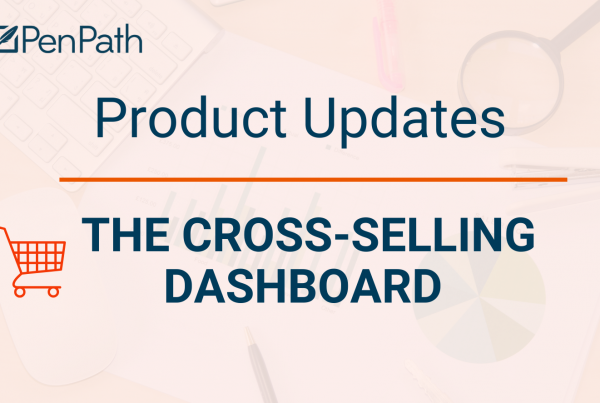Sales and Website data are two of the most important pieces in the Digital Marketing puzzle. Although most B2B marketers have this data siloed, we’re going to see how we can blend it for a fuller picture of your marketing efforts!
Let’s first take a look at common definitions in Sales/Website Data and where you can find them in your marketing platforms.
Table Of Contents
-
- Leads/Opportunities Definition
- Where To Find Leads/Opportunities
- Website Data Definition
- PenPath Integration Insights
1. Leads and Opportunities
The difference between lead, prospect, and opportunity is hard to differentiate in the sales world. A lot of jargon gets thrown around.
Today, we’ll go over what exactly a lead, prospect and opportunity is, and how they are related to marketing.
What is a lead, prospect, and opportunity?
A lead, or a sales lead, is a person who you acquire to sell products or services to. B2B marketers do this in a variety of ways. Here are some examples:
- Webinars: Conducting webinars on industry topics is a good way to engage your demographic.
- Blog: Being a thought leader and producing quality content is also what potential consumers like. A subscriber can turn into a candidate for an email drip campaign.
- Social media: Important for brand awareness- creating interesting and fun content shares your brand’s voice and makes it stand out from others.
- Trade shows: Again, taking down the names of people who attend your tradeshows is a good way to build contacts.
- Target lists: These are acquired through paid media or partnerships with other brands.
This lead is then “nurtured”. What this means is that over time, we would use a drip campaign to get them familiar with our brand and product. Basically, we would stay in touch with them in case they ever have a need for our product.
We would build brand awareness so then we come to mind when they do need a product like ours. This is also part of a marketer’s job.
From there, they would become a prospect and passed to the sales team. After a salesperson talks to them and sees that they are a good fit for our product, they would become an opportunity. Hopefully after that, they would make a purchase.
Here’s a good visual of what this process can look like:
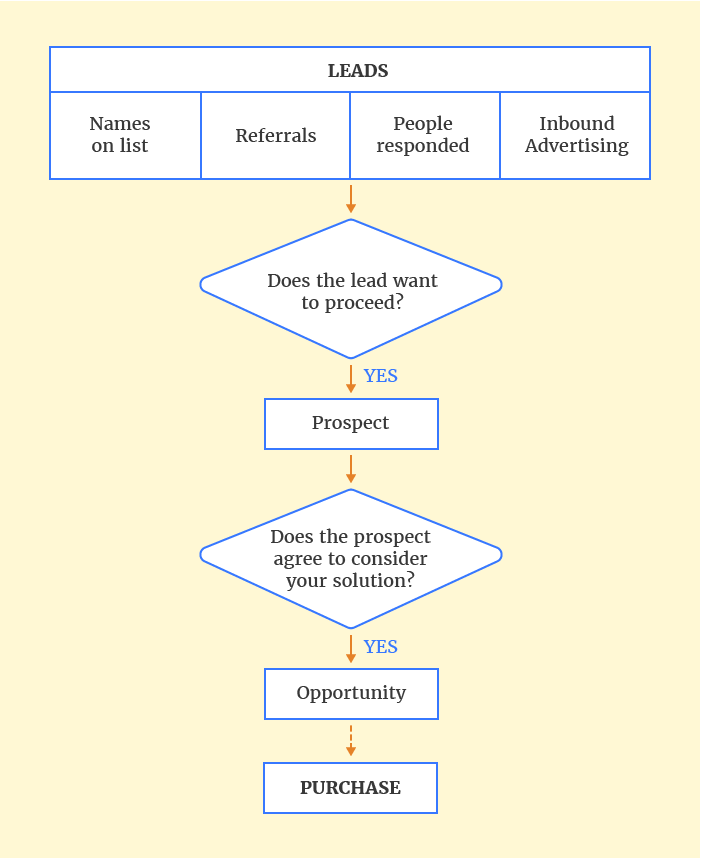 Source: OnlineSalesGuideTip
Source: OnlineSalesGuideTip
So how do marketing and salespeople track all of this? Where would we find lead and opportunity information?
Most marketers and salespeople use a CRM,or a technology used to manage all of your customers and where they’re at in the buying cycle.
We’ll learn more in the next section.
2. Common CRMs
What are some common CRMs? Doing a quick Google Search shows a couple:
- ActiveCampaign
- Salesforce
- Hubspot
- Zoho
- SugarCRM
- GreenRope
By far, the best sales CRM is Salesforce, which is a necessity in most B2B organizations where sales is important.
The great part about Salesforce is that they offer Salesforce Trailhead, which is a learning platform for their software.
You’re able to “Create a Sales Process and Use Opportunities” and “Convert and Assign Leads”. This is a cool way to learn how to use Salesforce.
They also have videos like this:
Finding leads and opportunities is easy in Salesforce. You’re given the name of a lead and then shown what stage they’re at in the buying cycle.
You can also sort by account and opportunity.
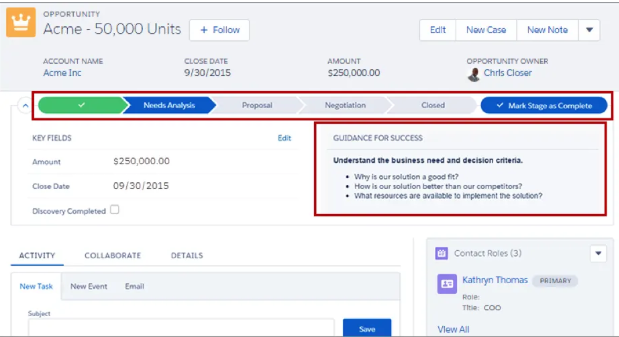 Source: Salesforce Trailhead
Source: Salesforce Trailhead
Sales data is very important and the lifeblood of an organization. Now, let’s look at another type of data, web data, and see what else it can show us about our consumers.
3. Website Data Definition
When we’re talking about website data, we typically mean Google Analytics or Adobe Analytics.
Today we’re going to be taking a look at Google Analytics and the different types of website data it can offer us, and how that can be translated into consumer information.
You can use Google Analytics to:
- Track advertising ROI
- Get eCommerce data
- Look at web traffic sources
- Track campaigns
Based on this website data, we can see how sales and digital marketing can really come together. Google Analytics is great because it already has options to connect with other sources.
For example, you can connect Google Analytics to:
- Salesforce (CRM)
- Woocommerce (Ecommerce)
- Shopify (Ecommerce)
- Zoho (CRM)
An example below shows how connecting Salesforce with Google Analytics can lead to forming a customer funnel journey for marketers who use a CRM.
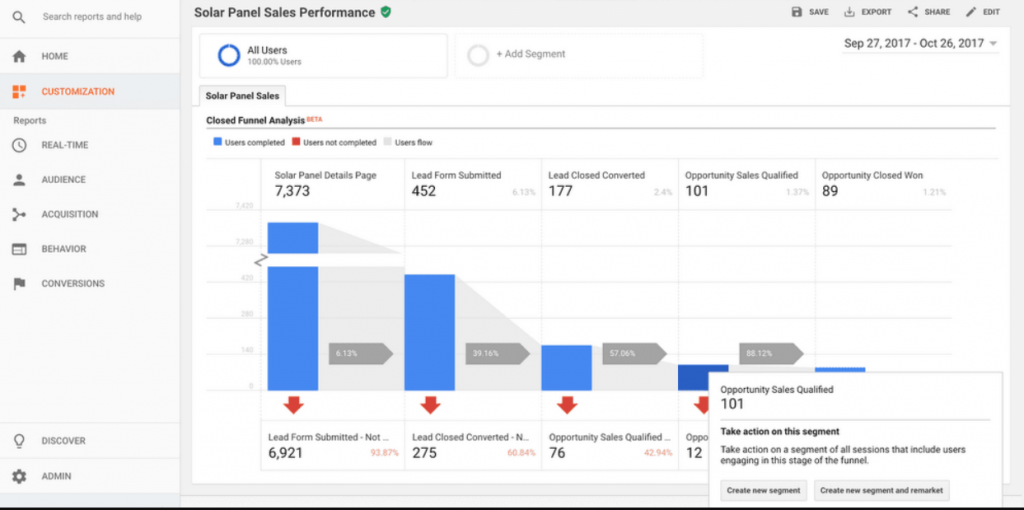 Source: Google 360 Products
Source: Google 360 Products
What happens if you decide to go through a marketing intelligence firm like PenPath? Is there a real difference between what Analytics and Salesforce combined offer vs. what we do?
4. PenPath Integration Insights
The image above shows a customer funnel journey and what insights a B2B marketer can get from combining Google Analytics + Salesforce.
At PenPath, our visualizations are a step above what Google Analytics has to offer. Even though you get quite a lot with Google Analytics, the main disadvantage is that it’s not customized to the business and you have no say in it.
Our customized dashboards give deeper, tailored insights.
You can decide:
- Which key metrics are important to you from your data
- How much data you want to see on your dashboard
- Multiple dashboards for a high level and granular overview
- Tooltips customized to your liking
- Continuous improvement until you are happy
In the next article, we’ll show an example of what a PenPath dashboard with Website + Sales data blending looks like.
If you can’t wait, schedule a live demo with us! Our data experts will show you the main ways we’re different than something like Google Analytics (for the better).
In the meantime, read our other articles to stay up to date on marketing intelligence!

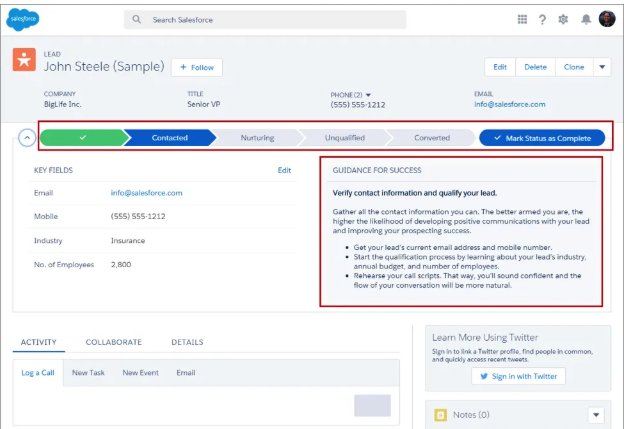 Source:
Source: 